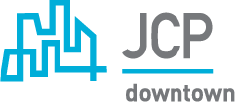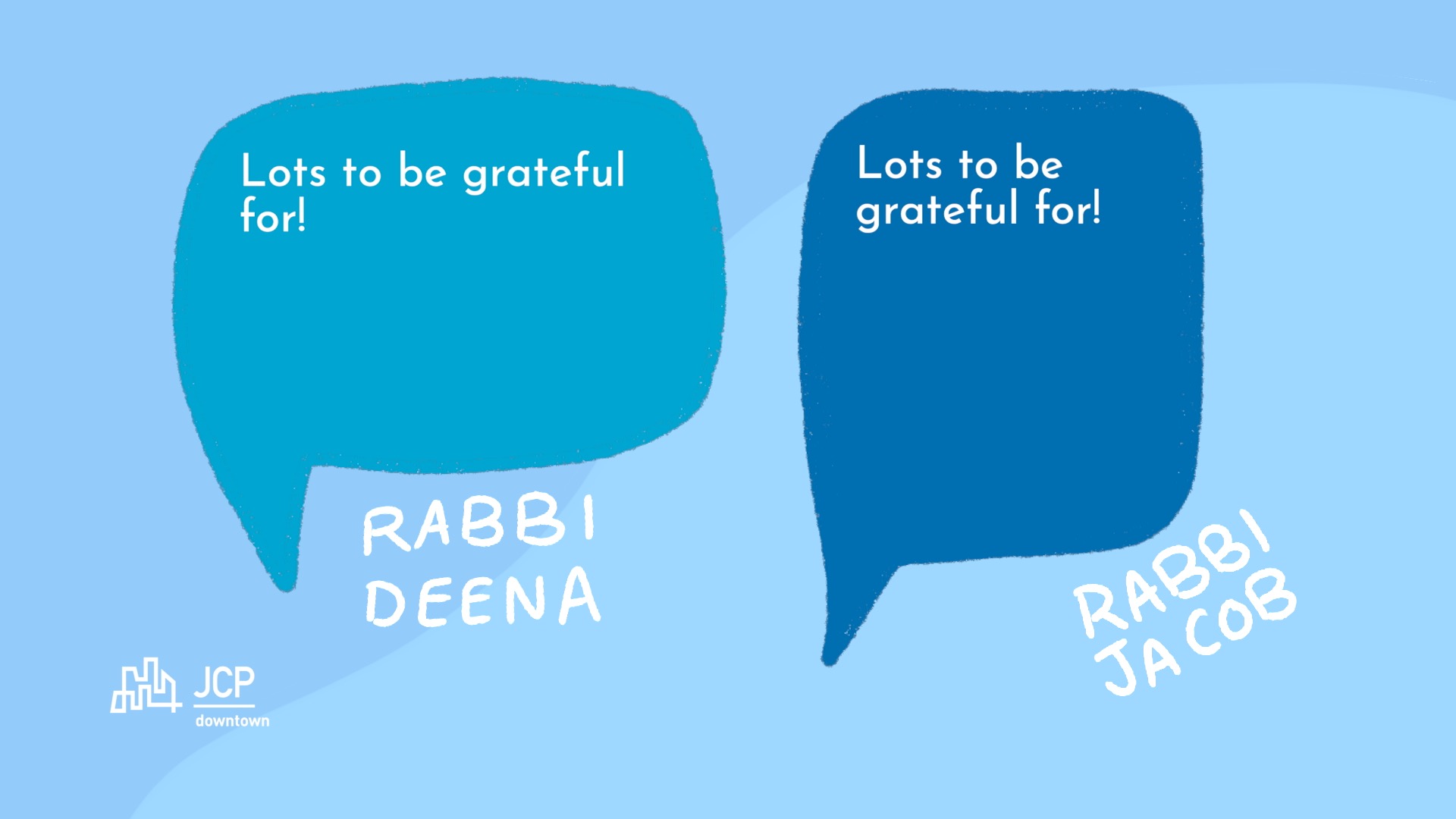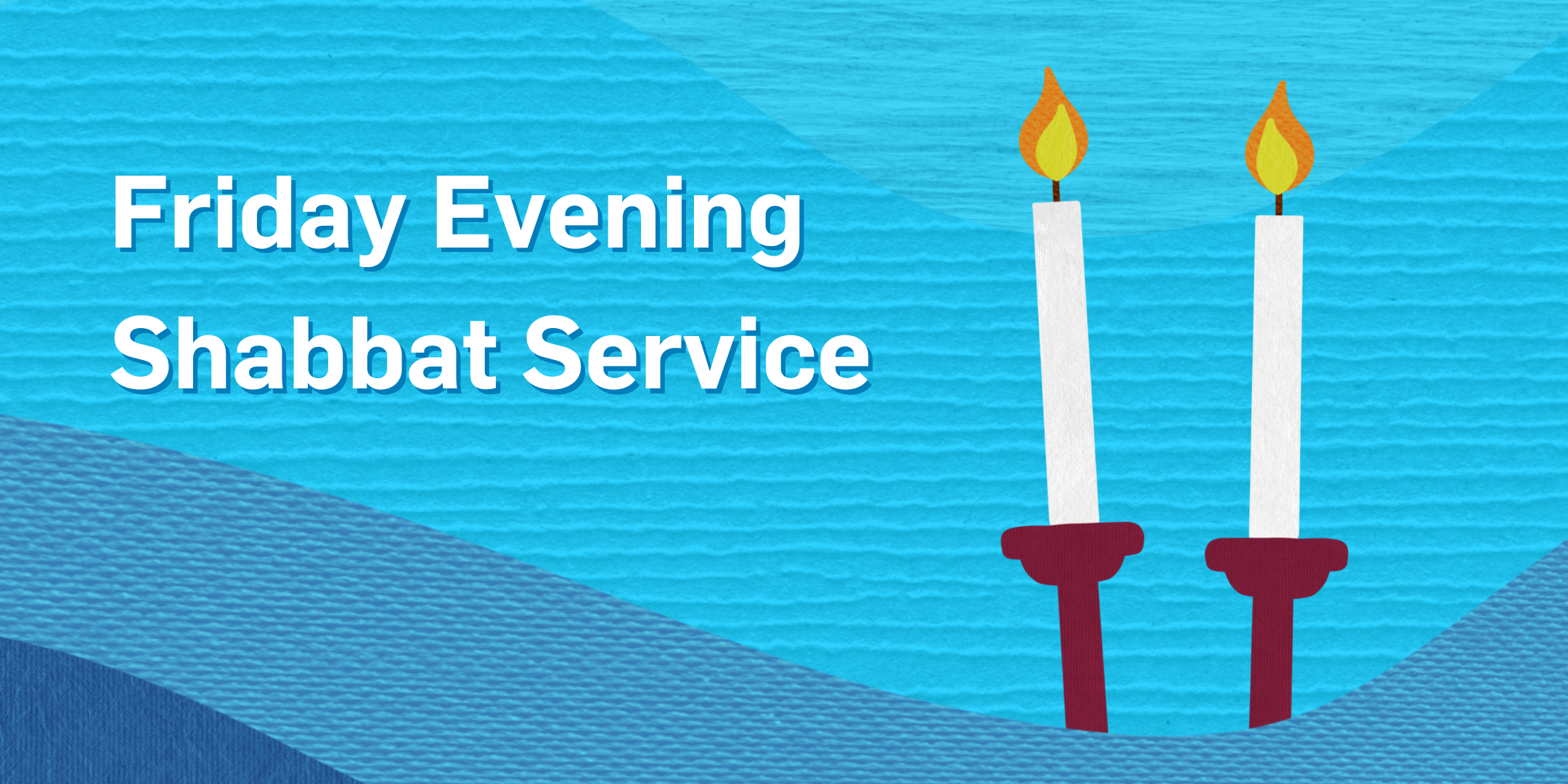Welcome to the second episode of the JCPodcast! Every few weeks, in lieu of a written D’var Torah, Rabbi Deena and Rabbi Jacob will share a brief discussion about an interesting and relevant Jewish topic. This week, in honor of Thanksgiving, we’re talking about Jewish practices that help us cultivate and express our gratitude. Listen to the podcast here and check out the animated version on our Youtube channel!
If you’re looking to give back during this season of gratitude, we hope you will join us to volunteer. Check out our community service opportunities here!
We hope that you and your loved ones had a meaningful Thanksgiving. We’re so grateful for our JCP community.
Shabbat shalom,
Deena & Jacob




